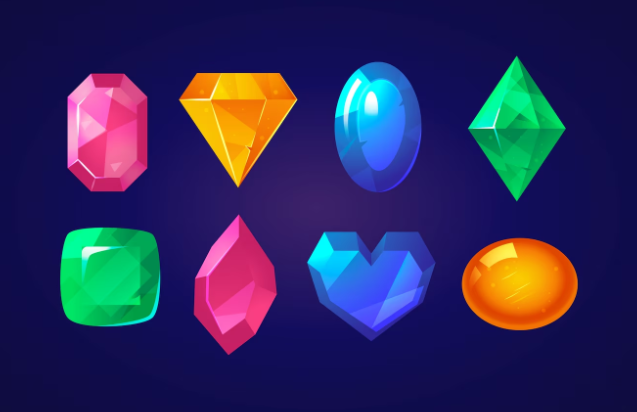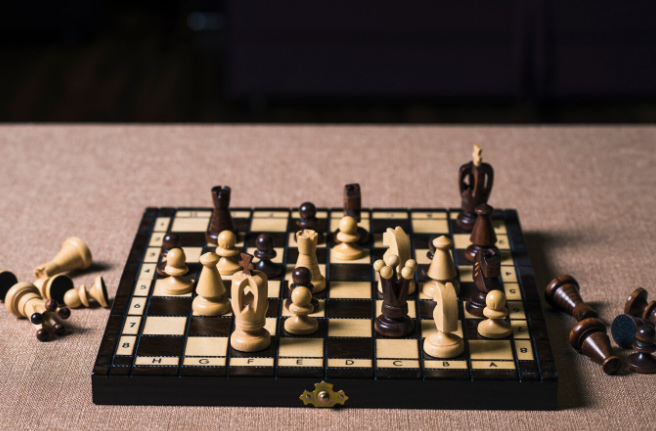
Which world-changing inventions were pioneered by Indians?”
Explore nine incredible innovations that have made a lasting impact on history and demonstrate the nation’s ongoing tradition of ground-breaking contributions to the world as we delve into the rich tapestry of Indian innovation.”
ZERO

Zero, or ‘śūnya’ in Sanskrit, was first introduced in ancient India in the fifth century CE. It was invented by the mathematician Aryabhata, who is recognized as a pivotal moment in Hindu culture and spiritual ideas. Following the influential Muḥammad ibn Mūsā al-Khwārizmī through Persia, the zero voyage continued over the Arab world to the Mediterranean. In 1202, Fibonacci brought the decimal system and zero to Europe with his treatise Liber Abaci, which was influenced by Arab commerce. This tradition was expanded upon in the 19th and 20th centuries by Nikola Tesla, a trailblazer in the digital era who combined scientific advancement with spiritual inquiry. The tale of Zero is a compelling reminder of how intertwined cultures are and how science and spirituality can change the world.
SHAMPOO

Ancient India is where shampoo originated because of the strongly engrained holistic approach to personal care, which included hair care. The Sanskrit word “champu,” from which the English word “shampoo” is derived, originally denoted a customary hair-cleaning technique that involved kneading or massaging the scalp.
Traditional Indian hair care procedures cleanse and nourish the hair using natural ingredients such as oils, plant extracts, and herbs. These ingredients were intended to clean the hair while also boosting the overall health of the scalp and providing shine. Traditional Indian shampoos commonly contained Indian gooseberry (amla), climbing shrub shikakai, soapberry (reetha), and other botanicals. Because of their well-known cleansing and conditioning characteristics, these organic compounds were used in a variety of formulations to meet specific hair care requirements.
The concept of shampooing hair with natural substances changed over time as commercial shampoo compositions improved, embracing technological breakthroughs and a wider spectrum of ingredients. Still, the origins of shampoo as a hair care product can be found in ancient Indian customs that stressed the use of natural ingredients for personal hygiene and overall health.
BUTTON

Button history dates back to the Indus Valley Civilization, which flourished circa 2000 BCE. The earliest known button was a decorative accent meant to flaunt riches and position. It was fashioned from a curled shell. Buttonholes were initially tiny, forming intricate geometric designs. The introduction of the buttonhole during the Middle Ages was a significant breakthrough as it made buttons more useful for clothing fastening. Buttons didn’t become widely used until the Industrial Revolution when they underwent a flat, four-hole design change to facilitate mass production. Though buttons come in a variety of colors and designs these days, the traditional flat, round style is still well-liked. While corozo buttons, which are manufactured from the corozo tree nut, are a contemporary substitute for horn buttons used in traditional tailoring, they nevertheless feature distinctive patterns like fingerprints. This development emphasizes the significance of an apparently straightforward component in the intricate history of clothing.
COTTON

A crop with a long history in India, cotton has been cultivated for over 5000 years, as demonstrated by the skill found in the excavations at Mohenjodaro. A turning moment was the invasion in 327 BC by Alexander the Great, who turned cotton into a luxury item that Greek and Roman traders sold with India. In the first century AD, Arab traders increased the worldwide popularity of Indian cotton even more. Cotton got entwined with cultural identity after being mentioned in ancient books such as the Vedas. India demonstrated its agricultural expertise with a wide variety of cotton types that were tailored to the local climate. Handwoven fabrics became cultural emblems that were traded across old routes, more so than clothing. Indian cotton has left a lasting legacy that combines modern innovation with tradition to shape the resilient and adaptable textile identity of the country.
DIAMOND

The Greek term “adamao,” which means invincibility, is the source of the attractiveness of diamonds. This word has a lengthy history. Diamonds were first identified as “vajra,” “thunderbolt,” and “indrayudha” in Sanskrit, and they were first discovered in India. By the fourth century BC, they were highly prized.
Diamonds first appeared in Europe in the 13th century, and by the 16th century, faceting made them even more famous. By the eighteenth century, diamonds had become a common feature in the jewelry of the upper classes, after being set aside for royalty by Louis IX of France in the thirteenth century.
After 1330, the first diamond-cutting industry was founded in Venice due to the high demand for diamonds, and by the end of the 14th century, it had expanded to Paris, Bruges, and Antwerp. Diamonds took on new significance once South Africa’s diamond deposits and Vasco da Gama’s sea route were found in the 1870s. The 1887 auction of the French crown jewels resulted in a shift in public perception of diamonds. Diamonds are mined in about 25 countries, with India being the mining capital. Diamonds represent a journey through the millennia. People are still fascinated with diamonds today.
CHESS

The game of chess is thought to have started in ancient India in the sixth century. A game called Chaturanga served as the model for modern chess because it included some of the same gameplay elements and comparable components. The specifics of how and by whom chess was created, however, are still unknown and the focus of historical conjecture. With time, the game changed and took on new names as it spread from India to other parts of the world, including Persia. A term for chess that originated in Persian regions was “shatranj.” Chess’s cultural dissemination facilitated the emergence of regional variants and techniques.
The lack of a definitive historical record makes it challenging to pinpoint the exact moment and person responsible for inventing chess. Nevertheless, its roots in ancient India and subsequent cultural exchanges highlight the rich and complex history of this strategic game.
..
CONTRACT SURGERY

Regarded as the greatest physician and surgeon in Indian medical history, Sushruta is a highly esteemed person. Sushruta, who practiced in the 5th century B.C., made revolutionary advances in surgery and medicine that far outpaced comparable findings in the West. Notably, he devoted a whole volume of his book to ophthalmologic disorders, demonstrating his sophisticated knowledge of ailments relating to the eyes. Sushruta carefully describes a complex classification system for eye illnesses in his well-known treatise, the Uttar Tantra. The text includes detailed information on signs, symptoms, prognosis, and both medical and surgical remedies. Sushruta’s record of what looks to be an early extracapsular cataract surgery is one particularly noteworthy accomplishment. Using a tool with a trough-shaped handle and a sharp point, this innovative technique was performed. Sushruta’s great talent and knowledge are demonstrated by his ability to treat a wide range of prevalent eye disorders during his period, even with inadequate diagnostic assistance. His lasting influence serves as a reminder of the priceless contributions that traditional Indian scholars gave to medicine.
PLASTIC SURGERY

Plastic surgery was revolutionized by Susruta Samhita, an ancient Indian physician whose achievements are chronicled. The manual stressed a comprehensive approach including both restorative and cosmetic procedures, with an emphasis on rhinoplasty and state-of-the-art surgical techniques. Beyond operations, it revealed insights into preoperative and postoperative care, establishing the foundation for plastic surgery and demonstrating the exceptional proficiency of conventional Indian medicine. Susruta’s careful methods detailed in the Samhita ushered in a new era of plastic surgery.
WIRELESS COMMUNICATION

Sir Jagdish Chandra Bose, born in 1858, is credited with pioneering wireless communication. His late-nineteenth- and early-twentieth-century radio wave research paved the way for wireless technologies. The invention of the “mercury coherer” was critical since it served as a radio wave detector. In 1895, Bose conducted pioneering research on electromagnetic waves, particularly “millimeter waves,” to investigate remote wireless signaling. His work predates Marconi’s radio experiments, and the London Royal Institute honored him in 1897. Though Bose did not commercialize his ideas, his work inspired subsequent breakthroughs in wireless communication technologies, cementing his status as a pioneer in the industry.
You May Also Like:
✅ Timetable for study for a student at home
✅ Best AI Tools for Students That Make Learning Easy
